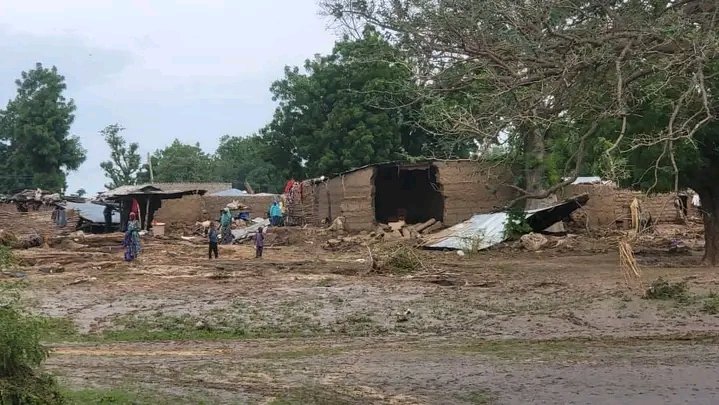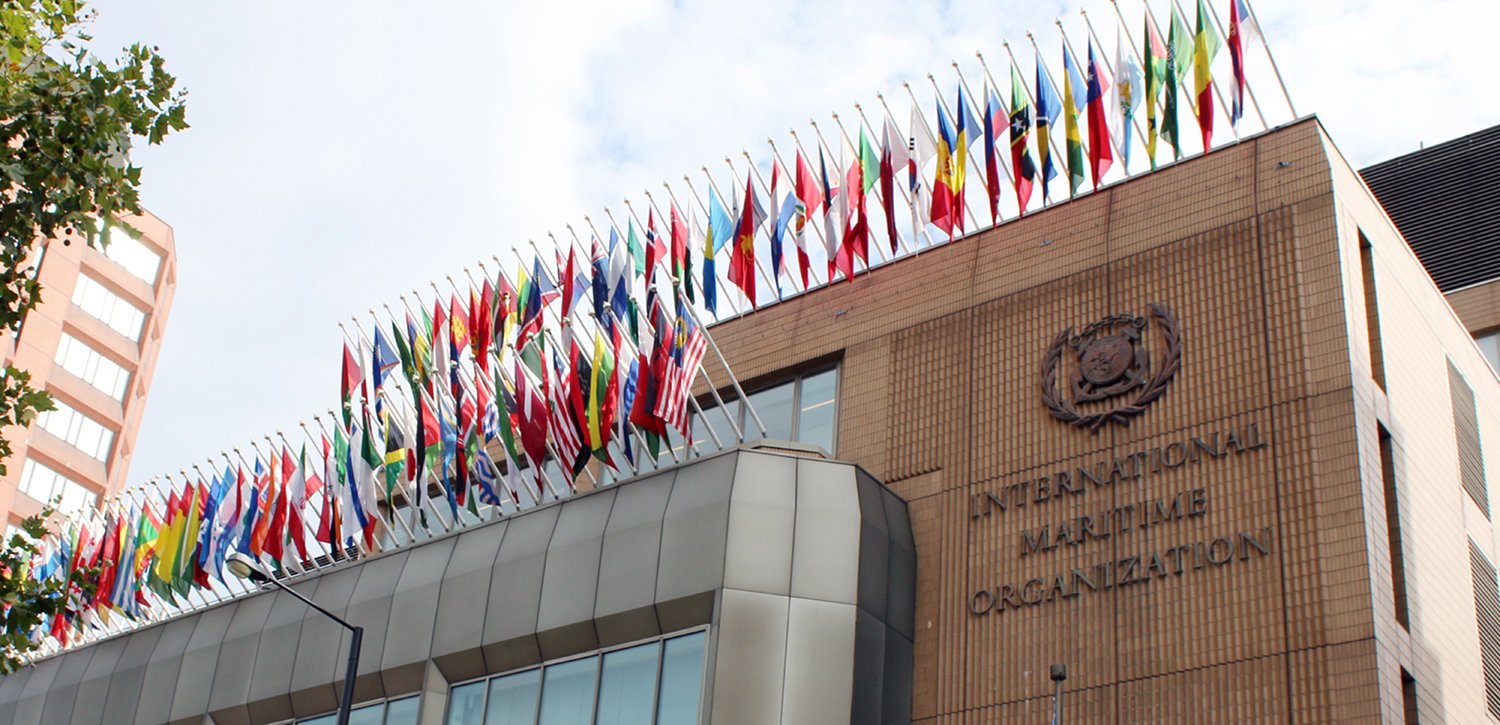The cardinals have gathered in Vatican City to choose the 267th pope.
Cardinals play a central role in the papal election, known as a conclave.
In the morning, cardinals will take part in a Mass in St Peter’s Basilica.
Later, in the afternoon, the cardinals will walk in a procession along the Via delle Fondamenta to the Sistine Chapel.
Who Can Vote
There are currently 252 Catholic cardinals, but only 133 will vote for a new pope as they must be under 80 years of age to take part.
St Peter’s Basilica for a Mass
It is then, on the side-lines of the voting process, that conversations take place about whom to support.
From around 07:00 local time (06:00 BST), cardinals started to move into rooms in the Sanctae Marthae, a guesthouse in the Vatican (some will have moved on Tuesday)
At 10:00 (09:00 BST), they will gather in St Peter’s Basilica for a Mass
At 16:45 (15:45 BST) the cardinals will start a procession from the Pauline Chapel to the Sistine Chapel
At around 17:30 (16:30 BST) everyone but electors must leave the Sistine Chapel – the moment “extra omnes” is pronounced marks the start of the cardinals’ isolation, and the start of the conclave
Around 18:00(17:00 BST), a set of smoke is released after the first ballot – and remember, you can watch the chimney by pressing watch live at the top of the page.
From Thursday morning – if a new pope is not announced on Wednesday – cardinals will have breakfast from 06:30 (05:30 BST) ahead of Mass at 08:15 (07:15 BST), before two votes are scheduled.
Here’s a breakdown of the number of cardinals by continent:
Europe: 114
Asia: 37
South America: 32
Africa: 29
North America: 28
Central America: 8
Oceania: 4
The youngest member of the College of Cardinals is the Ukrainian-born Melbourne bishop Mykola Bychok, 45. The oldest is 99-year-old Angelo Acerbi, an veteran of the Vatican diplomatic service.
During the voting period, the cardinals are cut off from the outside world – denied phones and access to the internet or newspapers.
They sleep and eat in Casa Santa Marta, a five-story guesthouse within the Vatican complex. The election is held in strict secrecy inside the Sistine Chapel, famously painted by Michelangelo.
Each cardinal votes for the candidate they wish to become Pope. They can vote for themselves if they wish. If any cardinals are too ill to be in the chapel, they can vote from their rooms.
A new pope is elected when a candidate has secured the support of 89 cardinals – which can take several rounds of voting.
In previous centuries, conclaves have gone on for weeks or months. Some cardinals have even died during the process.
The last two conclaves have concluded by the end of the second day.
Technically, yes. But it is highly unlikely.
The are no rules that forbid the Pope from being elected in the first vote, but it has not happened in centuries.
Conclave is a Numbers Game
That first ballot is very important though, as the election is a numbers game: a two-thirds majority is needed to elect a new pope so cardinals will have to concentrate on candidates with a certain level of support.
The first – or first few – votes will indicate who could emerge as a potential candidate capable of creating enough consensus among the electing cardinals.
If today’s vote doesn’t yield a new pope, cardinals will go back to guesthouse Casa Santa Marta for dinner.
Smoke Emerge from the Sistine Chapel Chimney
This is where the highly secretive voting process takes place, beneath the famous Renaissance frescoes.
Later the world will witness the first smoke emerge from the Sistine Chapel chimney. If it is black then there will be more voting in the following days.
White smoke, of course, means a new pope has been chosen.
Cardinals from across the world are gathering in Rome to elect the next pontiff following the death of Pope Francis on Easter Monday.
Previous Conclaves
We don’t know how long this process will take — previous conclaves have lasted only a few days, though in earlier centuries disagreements sometimes caused the meetings to stretch on for months.
Cardinals will take part in a Mass at St Peter’s Basilica this morning and will later walk to the Sistine Chapel to cast their votes under Michelangelo’s frescoes.
Once they enter the chapel, they will have no communication with the outside world until a new pope is elected.
Then we wait for smoke to emerge from the chapel’s chimney. If it’s black, there will be more rounds of voting tomorrow. White smoke signals that a new pope has been chosen.
We’ll take you through the day and will later, of course, be on the look out for the first signs of smoke. So stick with us.
This afternoon, they will walk to the Sistine Chapel to cast their votes beneath the famous Renaissance frescoes
Once cardinals enter the chapel, around 17:30 local time (16:30 BST), they will have no communication with the outside world until a new Pope is elected
This marks the beginning of the conclave – which comes from the Latin for “cum clave”, or “locked with key”
After the first vote later today, smoke will emerge from the Sistine Chapel chimney – black smoke means more voting will take place tomorrow, white means we have a new pope (BBC)



